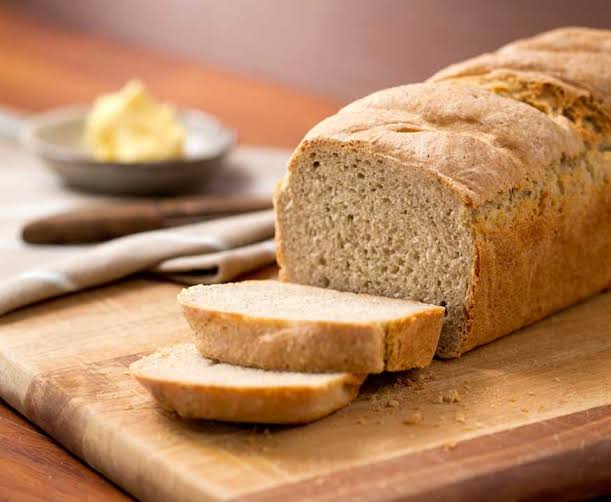Bread wheat grown with beneficial fungi produces larger grains loaded with more zinc and phosphorus—and the nutrients are easier for our bodies to absorb.
New research in Plants, People, Planet indicates that bread wheat’s micronutrient content can be increased by cultivating it with a specific type of fungus.
When investigators grew different types of wheat with and without the arbuscular mycorrhizal fungus Rhizophagus irregularis, they observed that crops grown with fungi developed larger grains with greater amounts of phosphorus and zinc.
The higher amount of phosphorus in the grain did not result in an increase in phytate (a compound that can hinder digestion of zinc and iron).
As a result, bread wheat grown with fungi had higher bioavailability of zinc and iron overall compared with bread wheat grown in the absence of fungi.
Scientists have discovered that a common soil fungus, Rhizophagus irregularis, can naturally boost the nutritional value of bread wheat.
When wheat is grown with this fungus, the grains become larger and richer in essential micronutrients like zinc and phosphorus.
Even better, the added phosphorus doesn’t increase phytate—an anti-nutrient that blocks mineral absorption—so the nutrients remain more available to the body.
This finding could lead to more nutritious, naturally fortified wheat without needing chemical additives or genetic modification.
Fungi as Natural Micronutrient Boosters
A study published in Plants, People, Planet has found that growing bread wheat alongside a particular soil fungus can naturally enhance the grain’s nutrient content.
Researchers compared wheat grown with and without the arbuscular mycorrhizal fungus Rhizophagus irregularis.
They discovered that wheat paired with the fungus produced larger grains containing more phosphorus and zinc.
The increased phosphorus levels did not lead to a rise in phytate (a compound known to reduce the body’s ability to absorb zinc and iron).
This means that wheat grown with the fungus offered more bioavailable zinc and iron than wheat grown without it.







